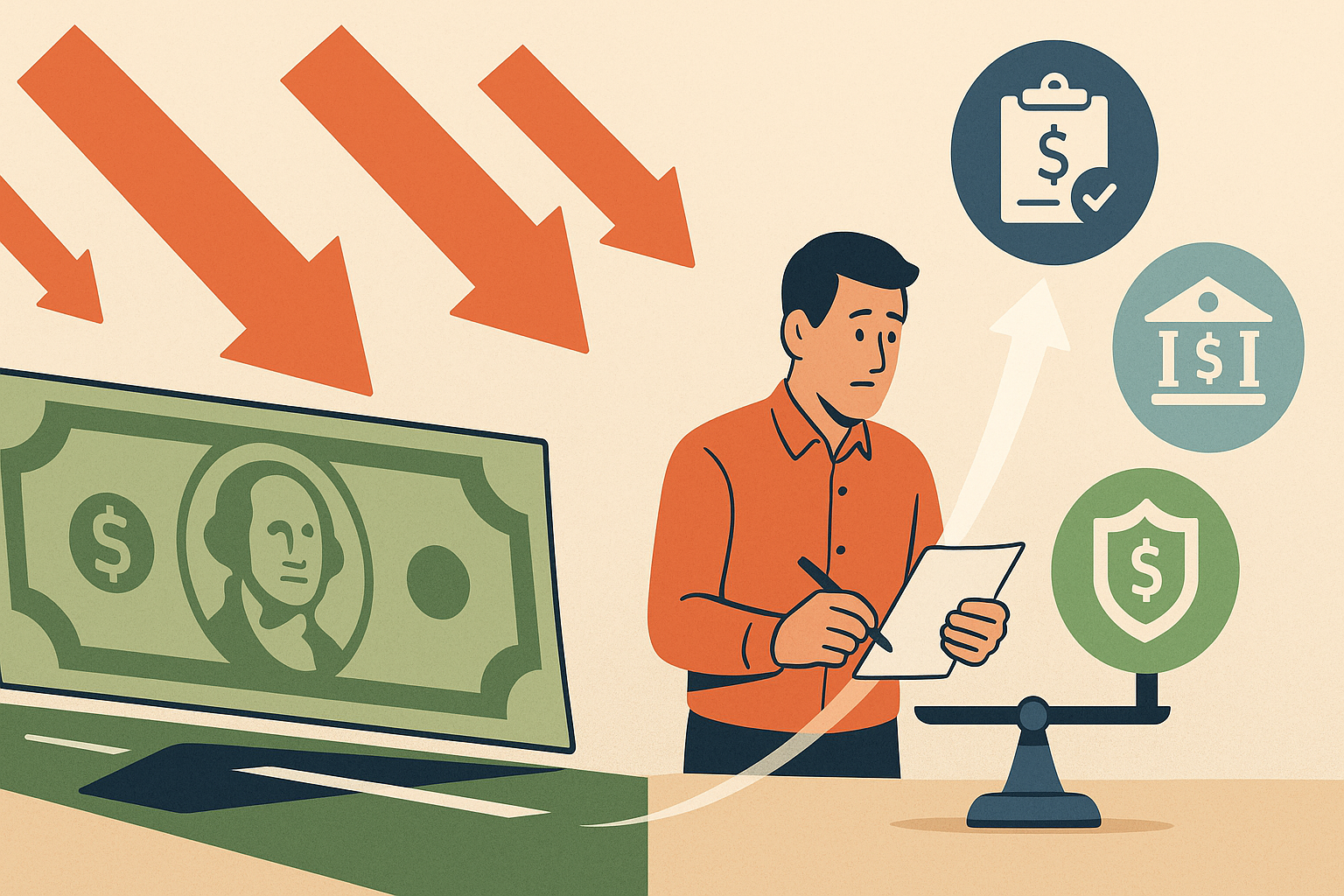1 (800) 584-0324
Inflation business financing impacts more than just consumer prices—it directly affects how businesses borrow, invest, and manage cash flow. When costs rise, companies often need extra working capital to cover expenses, while interest rates set by central banks increase the cost of borrowing.
For entrepreneurs, understanding how inflation business financing works is essential to protecting margins, preserving capital value, and planning ahead in volatile markets.
How Inflation Affects Business Financing
- Higher operating costs: Inputs, labor, and energy become more expensive, requiring more short-term financing.
- Rising interest rates: Central banks raise rates to combat inflation, increasing the cost of loans and credit lines.
- Reduced purchasing power: Cash reserves lose value if not invested or deployed efficiently.
- Valuation pressure: Inflation and higher discount rates lower company valuations for M&A or fundraising.
Strategies for Managing Inflation Business Financing
1. Secure Financing Early
- Lock in fixed-rate loans before rates climb higher.
- Refinance existing debt with longer terms to stabilize payments.
2. Use Short-Term Financing for Rising Costs
- Working capital loans, revolving credit lines, or invoice factoring help cover inflation-driven cost spikes.
- Consider asset-based lending to secure lower rates by pledging receivables or inventory.
3. Bulk-Buy Inventory Before Prices Rise Further
- Use financing to purchase key materials in advance, protecting against inflationary supply costs.
- Especially effective in industries with predictable demand and long supplier lead times.
4. Strengthen Cash Flow Discipline
- Speed up receivables collection.
- Negotiate better supplier terms.
- Reduce unnecessary expenses to maintain liquidity during inflationary spikes.
5. Invest Excess Cash Wisely
- Inflation erodes the real value of idle cash.
- Short-term instruments like T-bills, money market funds, or inflation-protected securities can preserve purchasing power.
6. Consider Pricing Strategies
- Financing can help businesses weather the lag between cost increases and passing them to customers.
- Use loans strategically to bridge until new pricing stabilizes revenue.
Inflation Business Financing: U.S. vs Canada
- United States: Inflation pressures have led to higher rates, making SBA 7(a) and 504 loans attractive with capped spreads vs private credit.
- Canada: Businesses often turn to BDC working capital loans and the CSBFP for affordable inflation-era financing, alongside alternative lenders.
Pros and Cons of Using Financing During Inflation
Pros:
✅ Protects purchasing power by locking in costs today
✅ Provides liquidity to manage rising expenses
✅ Helps stabilize operations and avoid supply chain disruptionsCons:
❌ Borrowing costs are higher due to central bank policies
❌ Over-leveraging can be risky if revenues don’t keep pace
❌ Inflation volatility makes forecasting more difficult
Worried about the impact of inflation on your business financing? Agile Solutions helps companies in the U.S. and Canada secure working capital, refinance loans, and design financing strategies to protect capital during volatile times.
👉 Book a consultation today at agilesolutions.global or email us at info@agilesolutions.global
#Inflation #BusinessFinancing #WorkingCapital #BusinessLoans #CashFlow #AlternativeLending #SBA #CSBFP #CapitalMarkets



